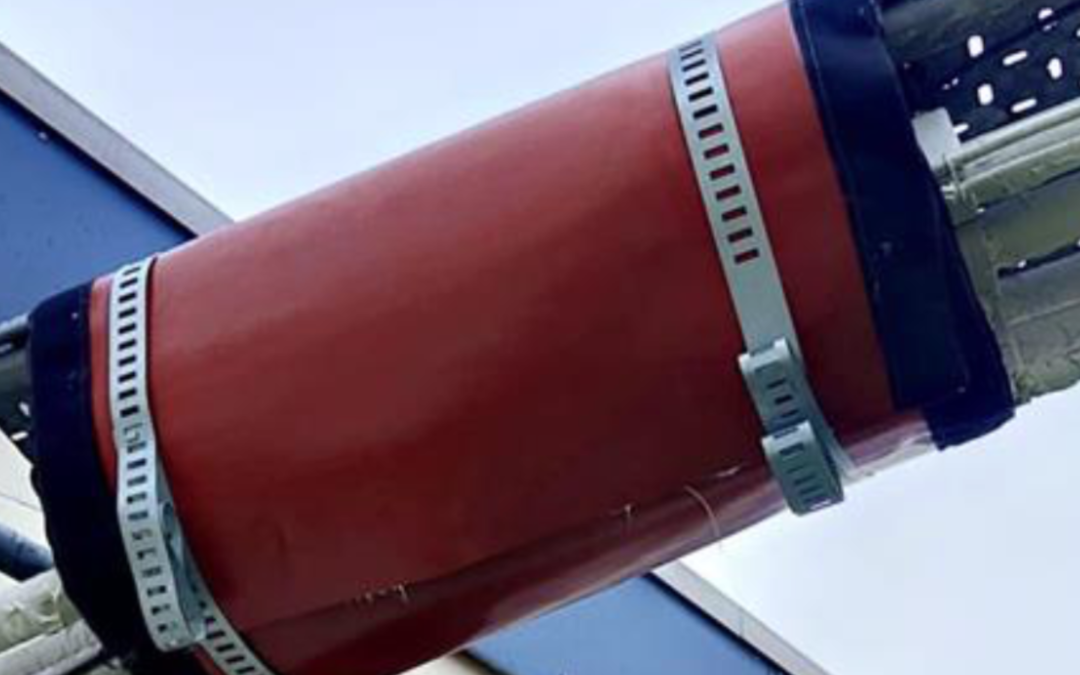Fire breaks are a crucial element in limiting the spread of fires and preventing further damage. The aim of these breaks is to create a gap in combustible materials, such as vegetation, which can help to slow or halt the progress of a fire. There are various techniques used to create fire breaks, including removing dead or dry vegetation, constructing physical barriers, or installing fire-resistant barriers.
One of the key advantages of fire breaks is that they provide a safe area for firefighters to work from. The gap created between the fire and other combustible materials allows firefighters to control and contain the flames without worrying about the fire spreading to other areas.
Fire breaks also play an important role in safeguarding homes and other structures from fire damage. By creating a protective zone around buildings, fire breaks can help to reduce the risk of ignition from flying embers or debris. This is particularly important in areas where wildfires are common, as it can give people more time to evacuate and defend their property.
In addition to their practical applications, fire breaks can also promote biodiversity and maintain healthy ecosystems. By clearing excess vegetation, fire breaks can create new habitats for various plant and animal species and encourage new vegetation growth.
In conclusion, fire breaks are an essential component of any fire prevention and control strategy. By creating a secure zone for firefighters, protecting homes and other structures, and promoting biodiversity, fire breaks play a critical role in safeguarding our communities and natural environment.

